What Is Riprap? And Why It Rocks!
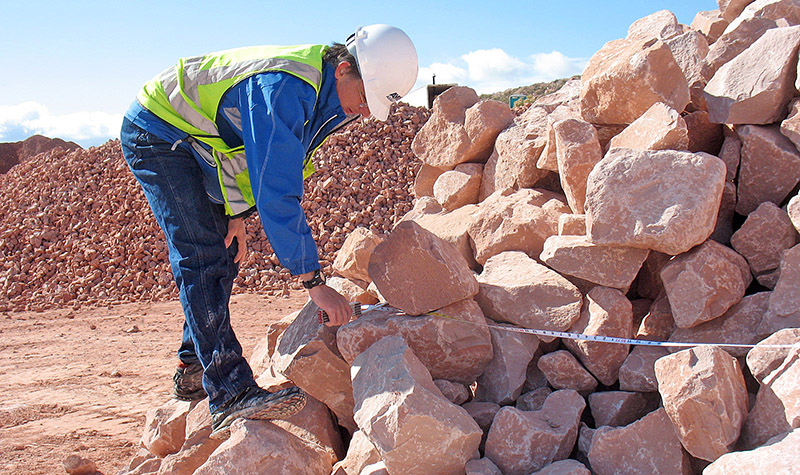
What is Riprap?
Riprap describes a range of rocky material placed along shorelines, bridge foundations, steep slopes, and other shoreline structures to protect from scour and erosion. Rocks used range from 4 inches to over 2 feet. The size of the rock needed on a project depends on the steepness of the slope and how fast water is moving. Riprap is a very durable, natural-looking treatment. One drawback is the potential for the rocky material to not be easily traversable by animals; filling the open spaces between the rocks with soil or smaller rocks helps to address this issue.
Where is it used?
Riprap is used where a structure or shoreline is continuously exposed to rushing water:
- Along a lake shoreline to limit erosion associated with wave action.
- Along the outer bank of a river bend, dissipating the force of the water against the bank.
- Near bridges along embankments and adjacent to supports in waterways.
Erosion can compromise bridges, wash out adjacent roadways, or cause loss of property; preventing erosion helps to keep the public safe. At first glance, riprap may seem like a simple science for mitigating the power of water, but it requires a lot of evaluation from engineers. Cost comes into the conversation early because rock can’t always be found locally, and transporting a large quantity of rock isn’t cheap, and neither is the rock itself. Determining the effective size and amount of rock can limit the cost associated with the solution.
Check out our post on 2D Modeling and Matrix Riprap for more information on how this rocky engineering strategy is saving clients millions, especially when paired with 2D modeling.
Project Examples:
Eau Claire Phoenix Park Redevelopment
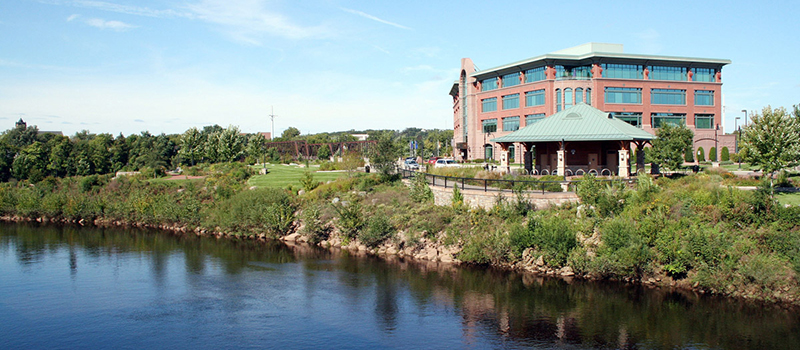
Naturita Stormwater Repairs and Drainage Masterplan
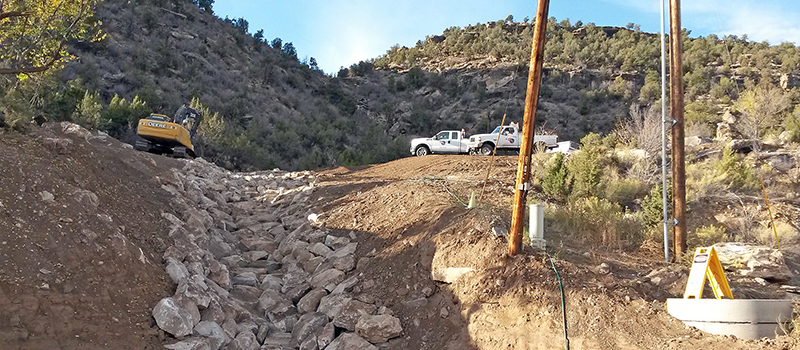
Lewstone Creek Scour Stabilization at Pipelines
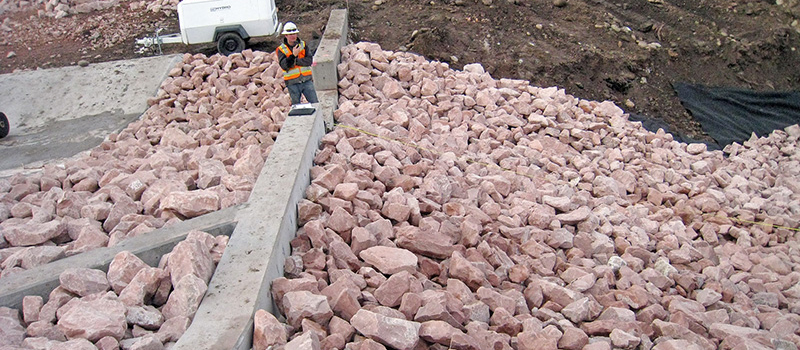
Advancements in Riprap
Water resources engineer Pete Lagasse worked on research with the National Cooperative Highway Research Program (NCHRP) of the Transportation Research Board that developed standards for an erosion control technique called “partially grouted” or matrix riprap. Instead of relying on loose stone, and lots of it, partially grouted riprap incorporates a cement-adhesive mixture, in a sense “gluing” the rocks together.
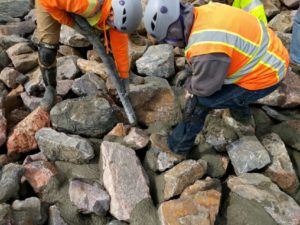 This strategy uses smaller-sized rocks, layered and “glued” on site, resulting in a riprap solution that’s roughly one-half to two-thirds the thickness of a standard loose stone installation. This method not only saves money for clients, but it also has proved effective as the partial grouting allows for higher hydraulic stability without sacrificing permeability. For more information, check out this matrix riprap blog post.
This strategy uses smaller-sized rocks, layered and “glued” on site, resulting in a riprap solution that’s roughly one-half to two-thirds the thickness of a standard loose stone installation. This method not only saves money for clients, but it also has proved effective as the partial grouting allows for higher hydraulic stability without sacrificing permeability. For more information, check out this matrix riprap blog post.
Comments
This article was very helpful for my school paper I’m doing about the danger of having a Structure on the beach.

Post a comment: